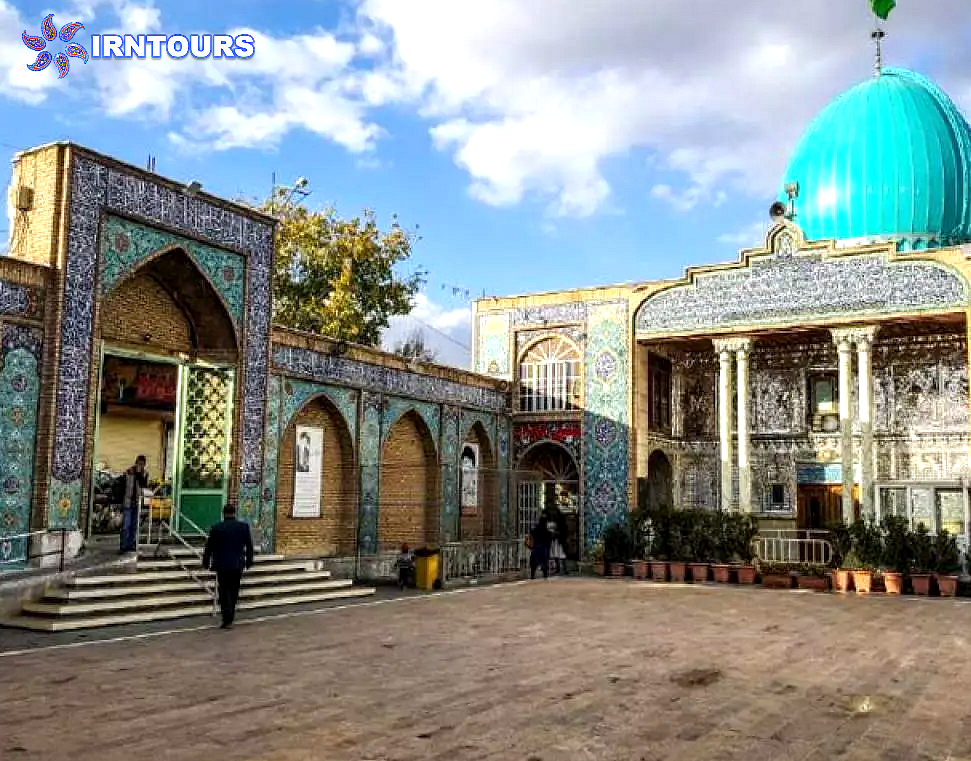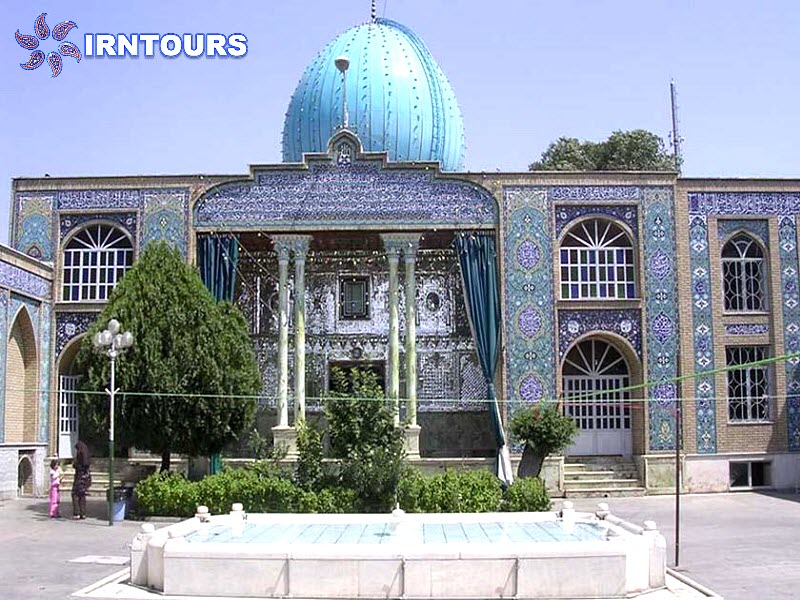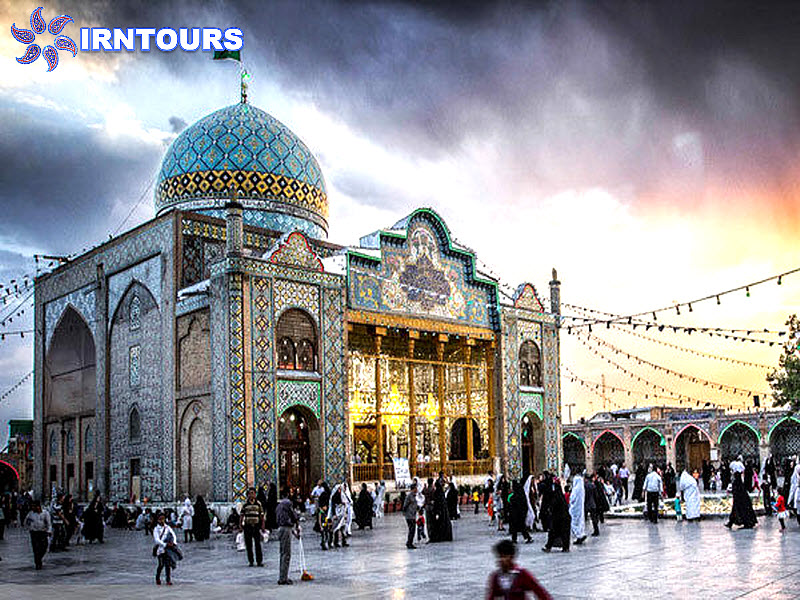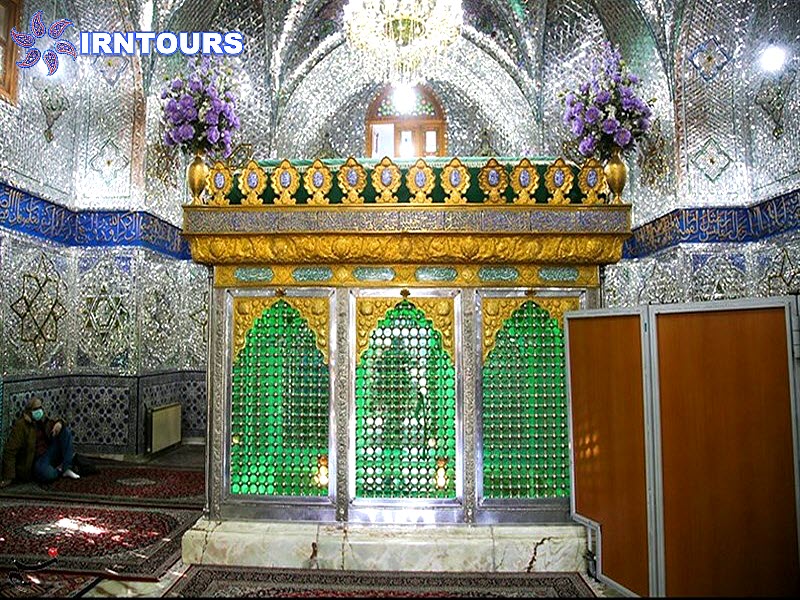About Peyghambariyeh
Peighambarieh also known as Chahar-Anbiya is a Shi’ite religious complex located in the city of Qazvin in Iran. The mosque dates back to the Safavid era, but an inscription within it states that the mosque was completed in 1913-1914. The mosque’s main name is derived from the word ‘Peighambar’ which means ‘Prophet’ in Persian, and appropriately, it is said that four Israelite prophets are buried in the shrine within the structure, hence the second name of the mosque is ‘Chahar-Anbiya’ which means ‘Four Prophets’ in Persian as well. The complex of Peighambarieh is located to the west of the Chehelsotoun royal pavillion.
This work was registered as one of the national works of Iran on 1996 November 27 with registration number 1774.
- The address of the Four Prophets Tomb: Qazvin Province- Qazvin- Prophetiye Street
History of Peyghambarieh
This place is considered to be the tomb of four of the prophets of Bani Israel, named Saholi, Salam, Al-Qiya and Salam, and it is also known as the “Four Prophets”, which are said to be the prophets who brought the good news of the birth of Christ from Jerusalem to the east, and from the documents Safavid endowments show that this place was a respected shrine at the end of the 11th century AH and gardens were dedicated to it. In the only document that exists from this collection, only in the inscription of the Prophetic school, surviving from the Safavid era, with the name “Maqam Sharif”. It has been mentioned
Architecture of Peyghambariyeh
The current building of the Prophet’s house is one of the works of Mirza Masoud Sheikhul-Islam. The shrine has four thrones in four directions and its design inside is twenty-sided. There are four long arches on the four sides of the shrine, which are supported by elephants. From the place where the arches begin, around the shrine, there is a plastered inscription from Surah Juma in gold color on a lapis lazuli background, written by Sheikh Ali Sakaki, which is among the works of art of the mausoleum. It should be mentioned, in addition to the four prophets. The tomb of Imamzadeh Salih bin Hassan Mojtabi is also in the same place.
In the contemporary era, on the door of the tomb, there is a couplet by Mirza Rahim Samet, which is the only poem written by this jurist and mujtahid. It is decorated.





